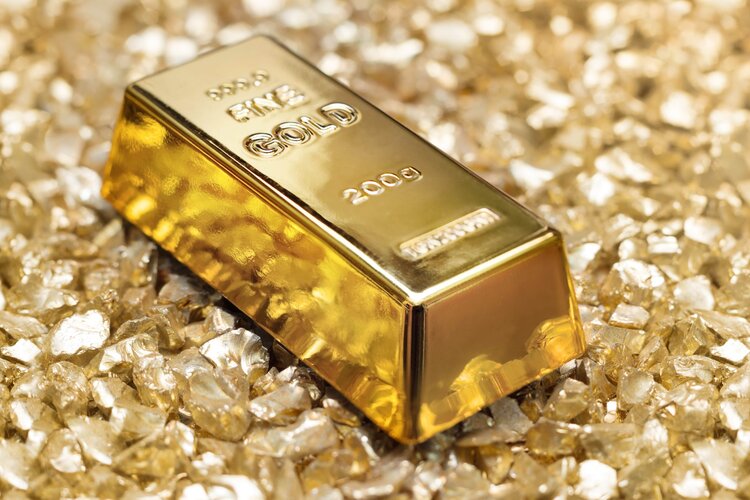Gold prices surged by 0.98% to reach $2,720 due to geopolitical tensions and concerns surrounding the US election, driving demand for safe-haven assets. Falling US Treasury yields and a weakening US Dollar further boosted Bullion prices, with the US Dollar Index dropping to 103.45. Analysts, including Citi’s Max Layton, predict continued Gold gains, with some forecasting prices could reach $3,000 an ounce within the next 6-12 months.
The ongoing uncertainty surrounding the US election and tensions in the Middle East have contributed to the record-high prices for Gold. As a result, US Treasury bond yields and the Greenback have been negatively impacted, with the XAU/USD trading at $2,721, an increase of 1.09%. Wall Street has seen modest gains, while geopolitical developments, such as the death of Hamas leader Yahya Sinwar and escalating tensions between Israel and Hezbollah, have also influenced the market sentiment.
Central banks are expected to continue easing policies, with the Bank of England (BoE) considering a rate cut following higher than expected inflation in the UK. The European Central Bank (ECB) recently reduced borrowing costs after inflation fell below their target. These moves have led to a decrease in global yields, providing a positive environment for Gold, which has seen multiple all-time highs this year and is up by 30% year-to-date. Max Layton of Citi predicts Gold could reach $3,000 an ounce in the next 6-12 months.
Despite the expected interest rate cut by the Fed at the November meeting, Gold prices continue to surge. Data shows that building permits and housing starts in the US have fallen, and investors are estimating a 48 basis point reduction in Fed easing by the end of the year. The technical outlook for XAU/USD indicates a bullish trend, with the price surging above $2,700 and potentially aiming for $2,750 and $2,800 resistance levels. If a pullback occurs, support levels are expected at $2,696 and $2,670.
Gold has a long history of being used as a store of value and medium of exchange, making it a trusted safe-haven asset during turbulent times. Central banks are significant holders of Gold reserves, with many countries increasing their reserves to strengthen their economies and currencies. The precious metal has an inverse correlation with the US Dollar and US Treasuries, making it an attractive option for diversification during economic uncertainties. Factors such as geopolitical instability, interest rates, and the strength of the US Dollar can all impact the price of Gold.
In conclusion, Gold prices have continued to rise due to geopolitical tensions, US election concerns, and the weakening Dollar. Analysts predict further gains for Gold, with prices potentially reaching $3,000 an ounce in the near future. Central banks are increasing their Gold reserves as a hedge against economic uncertainties, while investors and traders are closely monitoring the technical outlook for XAU/USD as it continues to climb. Gold remains a popular safe-haven asset and a valuable investment option for those looking to diversify their portfolios.











